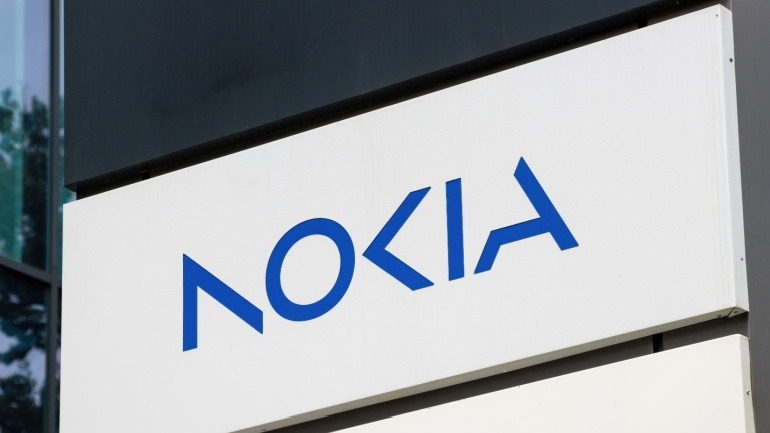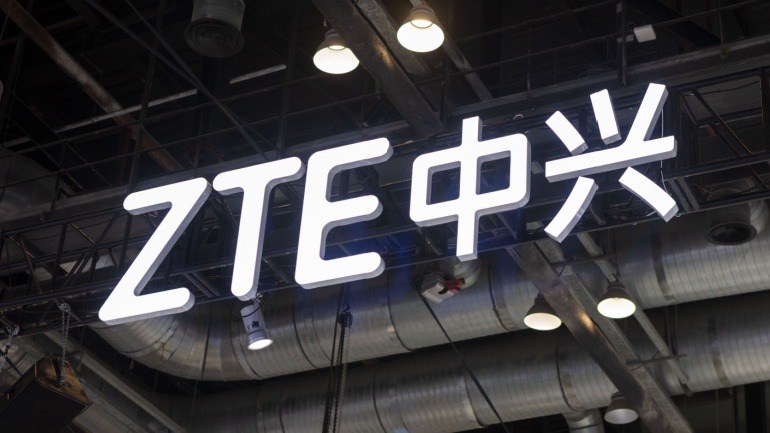Market research firm Dell’ Oro Group has, for the first time, revised its predictions for the global Open RAN market share down to triple. The company remarks that it is the first instance they are experiencing a degree of uncertainty around the technology since they started their tracking.
Nevertheless, the projection remains that Open RAN will constitute 15% to 20% of the total global RAN by 2027. It currently holds a “mid-single digit share” of the RAN market, a shift from earlier predictions that placed the figure within the 6% to 10% bracket. The updated analysis has also affected cumulative revenues, indicating a 5% to 10% reduction over the forecast period.
To put it in context, about a year ago, the firm confirmed the growing momentum behind Open RAN. It projected that the radio access technology would account for 15% of the entire RAN market by 2026 and approximately $20 billion within that projected period.
“Even considering this revision, it’s more a short-term adjustment rather than a shift in the long-term growth trend”, said Stefan Pongratz, Vice President and Analyst at the Dell’ Oro Group. Pongratz affirmed understanding that transformations in the RAN market will not be seamlessly executed. “Despite facing many yet-to-be-resolved challenges, our long-term stance remains. We are confident Open RAN is here to stay, and incumbent suppliers’ increasing support strengthens this position.”
In Europe, operators have shown more enthusiasm for Open RAN. However, their deployment approaches have been cautiously progressive and centered on traditional RAN when it came to 5G buildouts. Dell’ Oro Group anticipates further delays in the region. Still, analysts envisage the European Open RAN market exceeding $1 billion by 2027 and playing a leading role.
Previous forecasts by Dell’ Oro Group leaned towards bullish, and early adopter exceptions have failed to make an impressive industry impact so far. This scenario has led many Open RAN providers to explore brownfield operations as an alternative. However, evidence of significant product swaps remains scanty and there is little indication of any accelerated progress poised to enhance Open RAN maturity among brownfield operators.







